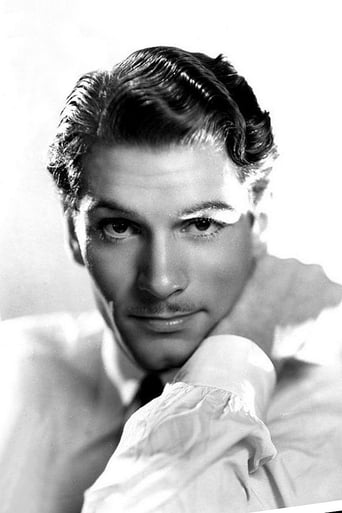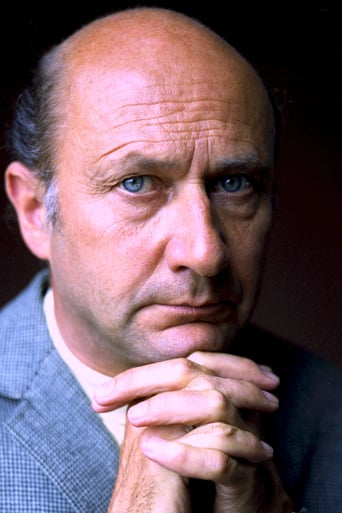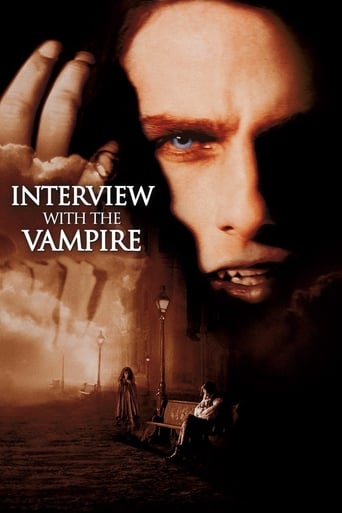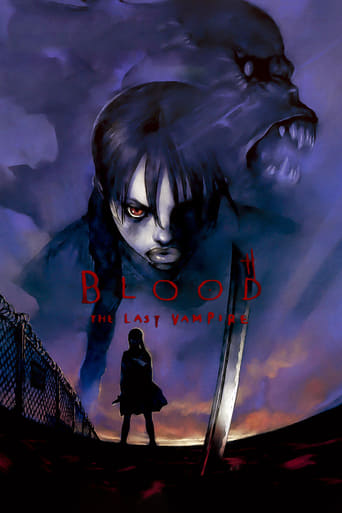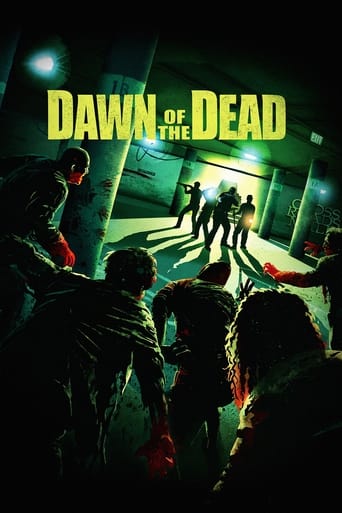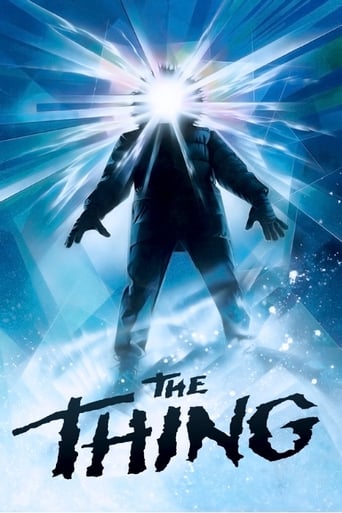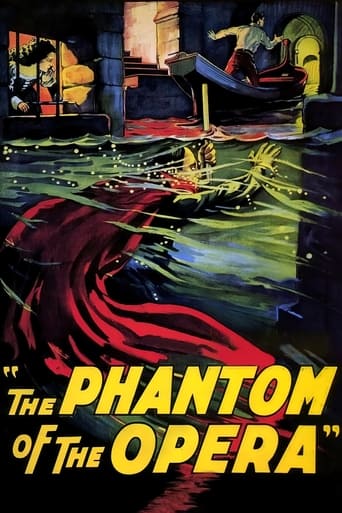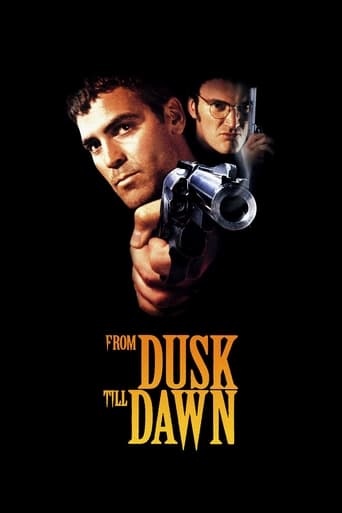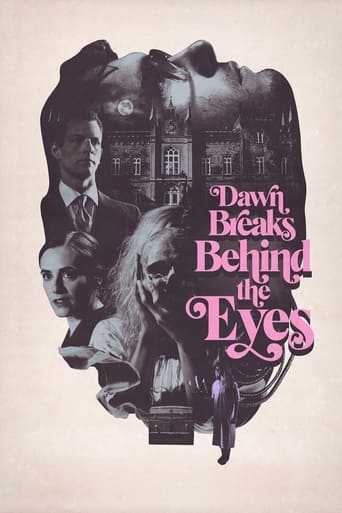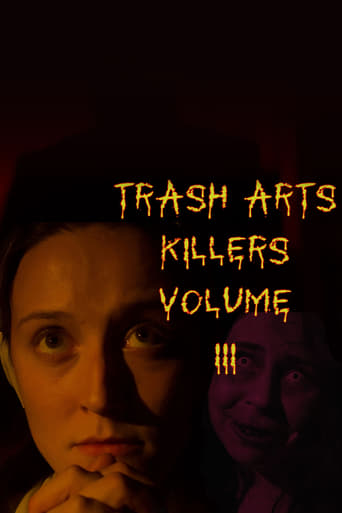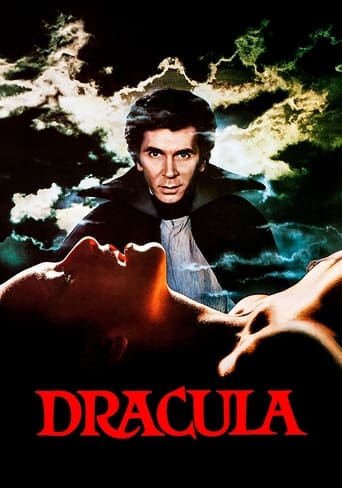
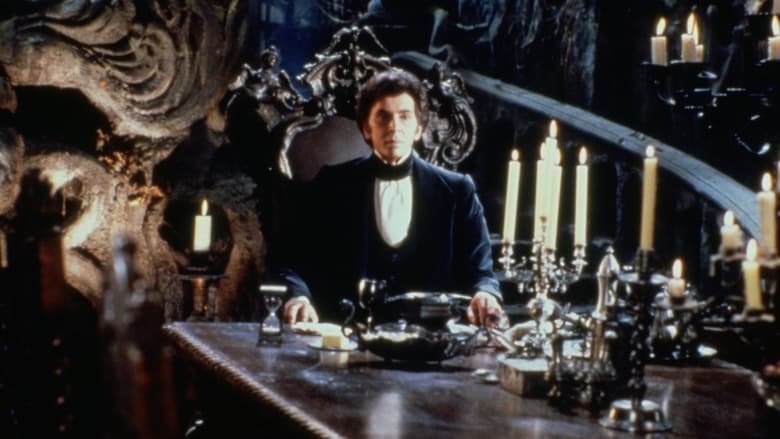
Dracula (1979)
Romanticized adaptation of Bram Stoker's 1897 classic. Count Dracula is a subject of fatal attraction to more than one English maiden lady, as he seeks an immortal bride.
Watch Trailer
Cast
Similar titles
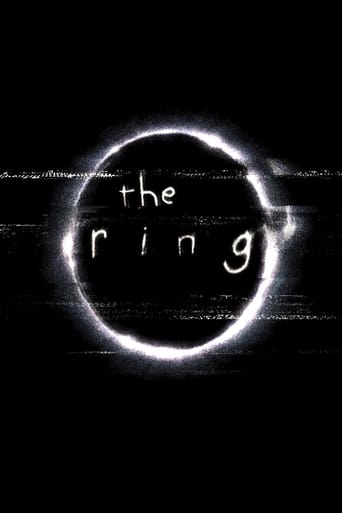

Reviews
good back-story, and good acting
A Masterpiece!
The plot isn't so bad, but the pace of storytelling is too slow which makes people bored. Certain moments are so obvious and unnecessary for the main plot. I would've fast-forwarded those moments if it was an online streaming. The ending looks like implying a sequel, not sure if this movie will get one
The best films of this genre always show a path and provide a takeaway for being a better person.
If dime romance novels are your thing and not gothic horror, then this is the "Dracula" for you. The moment Frank Langella's suave vamp, with the top few buttons of his shirt detached, picks up Lucy before tossing her on the bed seems to be ripped right from the covers of such bathtub-companion paperbacks. Otherwise, this 1979 "Dracula" is at best instructive in how not to adapt Bram Stoker's novel.From the beginning, it excludes one of the best parts of the story: Jonathan Harker's visit to Transylvania. Instead, it begins with a chaotic and distracting crisscross between scenes of seamen being killed by Dracula in the form of a wolf and of the inmates running amok in Dr. Seward's madhouse. There's 16-plus minutes of overly-dramatic buildup to the reveal of Langella's boyishly-handsome and sociable Count. There's an overblown score. The hairstyles, perms and shags included, are exported from 1979 to the film's setting that is presumably in the 1910s or 1920s judging by artifacts such as the early automobile, phonograph and primitive blood transfusions, etc. The bat attacks are unintentionally funny. And there's a love triangle and a love scene, for crying out loud!The same original play that almost ruined the 1931 "Dracula" films (English and Spanish-language versions) by bogging them down in staginess is reused here instead of the contemporary theatrical revival also starring Langella. Allegedly, the revival was played for camp; the filmed version would've been wise to do likewise if they were going to adapt trash, as they did, but, unfortunately, little to no camp. Among other inexplicable changes, the Mina and Lucy characters switch names, and they're made the offspring of Van Helsing and Seward, respectively. Both ladies are reduced to damsels-in-distress, and Lucy is even seduced into being a traitor and spy for Dracula. Apparently, the filmmakers believe turning the novel's strongest and female hero into a weak, sexual plaything is supposed to be good romance.Things pick up a bit when the strong father figure arrives in the form of Van Helsing--a day after his daughter's funeral... apparently, they couldn't wait. In some far-too-Freudian scenes, he begins by inserting his wood stake into his own daughter, only to later be penetrated himself. There's also a scene of the confrontation of wills between Dracula and Van Helsing that was in the 1931 versions. See, according to these films, the man has a strong will, which the fairer sex lack. Nothing this egregiously sexist was in Stoker's book.This adaptation is horribly inconsistent, too. Van Helsing meets Dracula during the day when the sky is overcast, but he's later surprised to see the Count awake in his Carfax Abbey estate during the day. Mina casts a reflection in a puddle, but not in a mirror. As a vampire, she looks more like a zombie, while Drac is a stud. The filmmakers seem to have adopted vampire lore from various sources and not just Stoker. The death by sunlight may've originated from the 1922 film "Nosferatu," for instance. In any case, it's not from Stoker. I also don't know why Van Helsing goes back the day after driving a stake in his daughter's heart to, then, remove her heart entirely. Dr. Seward is a buffoon who performs blood transfusions and misruns an asylum, and Renfield is an utterly useless character this outing. On the plus side, Harker sports a bite mark from Dracula's bat on his face. And the love scene includes Dracula feeding his breast blood to Lucy, which I guess was sexy enough to adapt here from the novel. Otherwise, this is the kind of Dracula film, as was the 1979 "Nosferatu," for that matter, that's ripe for parody, which, as luck and "Love at First Bite" would have it, was also made in 1979.(Mirror Note: In addition to the aforementioned inconsistencies with Mina's reflections, there's the discovery by Van Helsing that Dracula doesn't cast a reflection in a mirror--a scene similar to the 1931 films, but staged a bit different. There's also a mirror shot where Lucy brushes her hair and removes her crucifix necklace, which allows for her love scene with Drac.)
This movie remains greatly in the shadows of both previous (Lee and Lugosi) and the later 1991 (Oldman) movie interprztations of the Bram Stoker novel. I have watched it and I can only say the movie does actually do almost everything good, it is actually scary at a few times, but Frank Langella may be very talented, but you never can imagine him as Count Dracula. There are many reasons, not in the least that he does not have anything in common with the figure Stoker, that means he is not scary. And that is no plaussible to be member of an ancient Transylvanian (Romanian) family. instead we see an American prince charming doing his utterly best to sound so English, it was like he was doing audition for a James bond movie. I just keep wondering why they did not cast him as Jonathan Harker. My bet is that of this cast Laurence Olivier (professor Van Helsing) had the most potential to make a plaussible Dracula.Still, the rest of the movie is a surprise, in a good way. Yes, you can nag that this movie is a very loose interpretation of the novel, but that is the case with kind of allmost every Dracula movie (the 1991 movie being a lonely exception). Wath matters for me, is that the storyline works! It keeps you watching the movie! It was was well scripted, with well chosen locations and, the best thing, It had the atmosphere the better of the Hammer movies also had! Last but not least: Donald Pleasence was again at his best in this movie, he makes it worth watching the movie, no doubt about it!
This version of the lusty count isn't that bad. Frank Langella makes for a sympathetic count and its perhaps this element that stops it from being really frightening. As dashing as Frank is he exudes little in the way of menace. However, the British locations are sumptuous and the supporting cast of Laurence Olivier, Donald Pleasance,Trevor Eve and Tony Haygarth as an excellent Renfield are all good. One complaint is that the late Lord Olivier is perhaps a bit to old to play Van Helsing, as the role usually involves a tussle with the Count. The director has created a great, creepy atmosphere and Frank Langella does a very good Dracula. As much as I love Bela Lugosi, with his accent and intensity, Langella has an erotic quality that even Lugosi can't match.The highlight of the film for me is where Van Helsing and Seward, having found that Van Helsing's niece Mina has been turned into a vampire by Dracula, unearth her coffin and find it empty. They go through a hole in the coffin's side into an old abandoned mine-working in search of her (Mine-workings don't appear in the original novel, but part of the film's ingenuity lies in making things like this add to the film's resonance and power). Van Helsing, searching the dark and dripping tunnels by flickering candlelight, drops his crucifix and, stooping to pick it up, catches sight of his niece reflected in a puddle at his feet. He looks up and sees what she has become. The beautiful Mina (played by the radiant Jan Francis) has become a thing of real horror, what a vampire would really be like if they actually existed - a loathsome, visceral fiend, living in the drains and feeding off rats and slugs. This is the bit that kept me awake for nights on end, and which still gives me the willies even now. All in all, still love this film, still holds up after all these years and doesn't look that date, considering it was released in 1979.Overall rating: 8 out of 10.
Of the 90 or so horror films that I have watched this year, this is one of my absolute favourites after "Witchfinder General" and the very best of the Hammer films (including their 1958 version of "Dracula"). Frank Langella is excellent as Dracula. A sorely underrated actor, he brings a great sense of sophistication, class and danger to the title character, in part due to his terrific voice. It also has a very strong supporting cast: Donald Pleasence, Laurence Olivier, Kate Nelligan (who, crucially, has great chemistry with Langella) and Trevor Eve. However, Sylvester McCoy's part is disappointingly brief.The film is very well written and John Badham's direction is superb. While I thought that the horror elements were extremely strong, I adored the dark romance elements, something which sets it apart from many other adaptations of the novel. For my money, the most successful of these scenes are Dracula and Lucy's conversation at the dinner table, which is covered by lit candles (which I took as being representative of the fires of Hell) and the very sexy and surreal sex scene.The main characters are all well characterised and I liked the fact that Jonathan Harker was far more sceptical and dismissive of the idea of the supernatural than many characters in similar films. It takes several attempts for Van Helsing (who is Mina's father in this version) to convince him that not only vampires exist but that Count Dracula is one. As it takes place in the Edwardian era, it is set later than many other adaptations and consequently it features cars and gramophone records, which I think was done deliberately to give the film a more modern feel while still retaining a period setting.

